A loft is also an important space – many of us store our keepsakes safe in boxes up there. But as heat rises into the roof of our homes, so too can the risks of damp and mould.
Sadly, it’s the organic materials which are the items highest risk of damage. By organic materials we mean anything natural, including cardboard storage boxes, the outgrown kids clothes, old photo albums and other priceless memories and belongings.
Therefore, protecting your loft from damp and mould is important on two fronts. Firstly, protecting your property and secondly, protecting your belongings in storage.
Common loft space problems
The most common problem in open, undeveloped loft spaces is condensation. When hot air from the home rises and meets the cold roof, it creates water droplets, which we know as condensation. Aside from general living situations, structural issues like inadequate protection, damaged roof tiles, or missing tiles can also cause damp issues.
The consequences of damp and condensation include wet and dry rot, as well as black spot mould. These issues are more likely to occur during the winter months, so it’s important to look at sorting out any problems during the spring and summer before the cold weather arrives.
Addressing Damp Issues in Roof Spaces
If you find your loft has rot and spot mould, it will be best to start by looking at solutions such as:
- Check your roof tiling and window or chimney flashings for gaps
- This ensures there are no spaces for water to get through which could add moisture to your home or loft space.
- This ensures there are no spaces for water to get through which could add moisture to your home or loft space.
- Ensure drains and gutters are cleared regularly
- Built up leaves, mould, twigs (especially through autumn and into spring) can cause problems.
- This is because rainfall may find other avenues to reach the ground, which could be through (or creating) small cracks and gaps in your roof tiles and external walls.
- Debris can also act as an insulator, keeping a moist layer, and trapping damp between your home and the weather outside.
- Built up leaves, mould, twigs (especially through autumn and into spring) can cause problems.
- Make sure that any roof vents are not blocked.
- Check if vents are covered by boxes or other things being stored in the loft. If roof vents are blocked, this stops any moisture created from everyday activities like showering and cooking from escaping your home. With the moisture unable to be ventilated outside, the humidity in the home continues to increase and cause damp.
- Check if vents are covered by boxes or other things being stored in the loft. If roof vents are blocked, this stops any moisture created from everyday activities like showering and cooking from escaping your home. With the moisture unable to be ventilated outside, the humidity in the home continues to increase and cause damp.
- Add insulation on the floor of your loft.
- This reduces the amount of hot air escaping from your home into the roof. Condensation is less likely to build up on a warm surface, so insulating the roof in this way not only keeps your home warm, it reduces the risk of damp.
These things help you to reduce both condensation and damp, helping to reduce the occurrence of new rot, moisture or property care issues.
A word of warning: If you put these solutions in yourself, read plenty of expert advice first. This applies to adding insulation, boarding out your loft, and storing too much inside it, alongside other issues – loft spaces are meant to be a place for the house to breathe and you need to be cautious of over filling the space and causing further problems.
Necessary features to prevent damp in loft conversions
So, you’ve developed your loft space and have condensation.
Problems in loft conversions are essentially the same as problems in the rest of your home. They are largely caused by too much moisture being generated and then exacerbated by poor ventilation.
If you’ve converted your loft into a living space, you need to be aware of the potential problems.
Your room will be located directly under the roof, which means you’ll have either roof or dormer windows.
Both of these have to be installed directly into the roof line, so need to be very well sealed to avoid water coming into the room from the roof.
You should also have a damp-proof course* as part of your conversion, which is a layer of waterproof material in the wall of a building near the ground.
On top of this, builders should have ensured that any roof vents are not blocked, to ensure that there is still good airflow in the area. If you have a bathroom in your loft conversion, installing an extractor fan is a great way to remove excess moisture, preventing damp in the converted space.
How to control damp in your loft
Problems in loft conversions are essentially the same as problems in the rest of your home. We all know that heat rises, it’s a simple science. But this means that warm, humid air may be going up into your loft or roof insulation. They are largely caused by too much moisture being generated and then exacerbated by poor ventilation. Loft conversions with ensuites in particular create excess humidity from showering.
Learn more about the source of moisture in our video: What are the sources of moisture at home and what’s the solution to mould and damp problems. Watch now.
If your loft space is too humid, you can use a dehumidifier to reduce the humidity. However, a dehumidifier will not work in an undeveloped loft space as it will be taking the fresh air that comes from under the eaves, which is very inefficient. But for a loft conversion, you can easily plug in a dehumidifier to reduce the relative humidity, make the air drier and improve conditions. And with converted spaces often being small, dehumidifiers that are quiet become even more important. Here at Meaco, we take pride in producing products that not only do the job of dehumidifying but are quiet enough that it won’t disturb you.
Regularly monitoring your humidity levels in the loft is a great way to keep an eye on the situation and prevent any problem areas getting out of hand. You can do this by using the humidistat within a dehumidifier or by purchasing a humidity meter*. It is best to keep humidity levels between 40-60% as this level of moisture will discourage the growth of mould and condensation.
Not sure which dehumidifier is best for your home? Learn more with How to choose the best dehumidifier.
Alternatively, browse our full range of home dehumidifiers today, which will help you manage damp in lofts and converted attic spaces.
Products featured: Home Dehumidifiers
Glossary:
Damp-proof course (noun): a layer of waterproof material in the wall of a building near the ground.
Humidity Meter (noun): Humidity meters are instruments used to measure the amount of water vapor in gases, most often air.
Recommended dehumidifiers for loft spaces:
- High performance, even below 10.C, ideal for lofts
- Continuous Drainage available
- Low cost to run – from 3p/ hour
- Shop Arete® online
- Low cost to run – from 4p / hour
- Ideal for environments with damp and condensation
- Quiet Mark accredited
- Shop MeacoDry ABC now
- Highly energy efficient
- Easy to use
- Additional modes available
- Shop Meaco Low Energy now

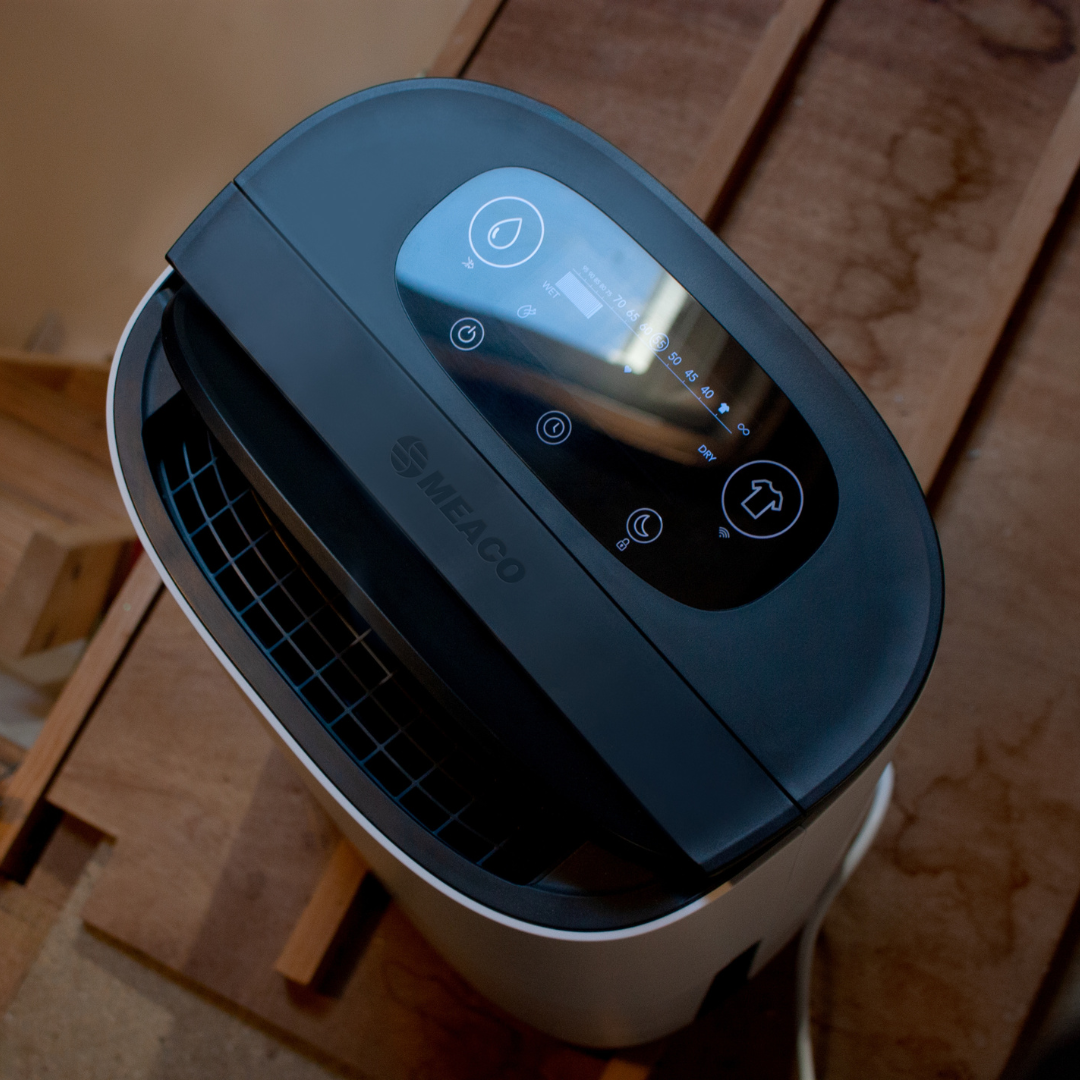
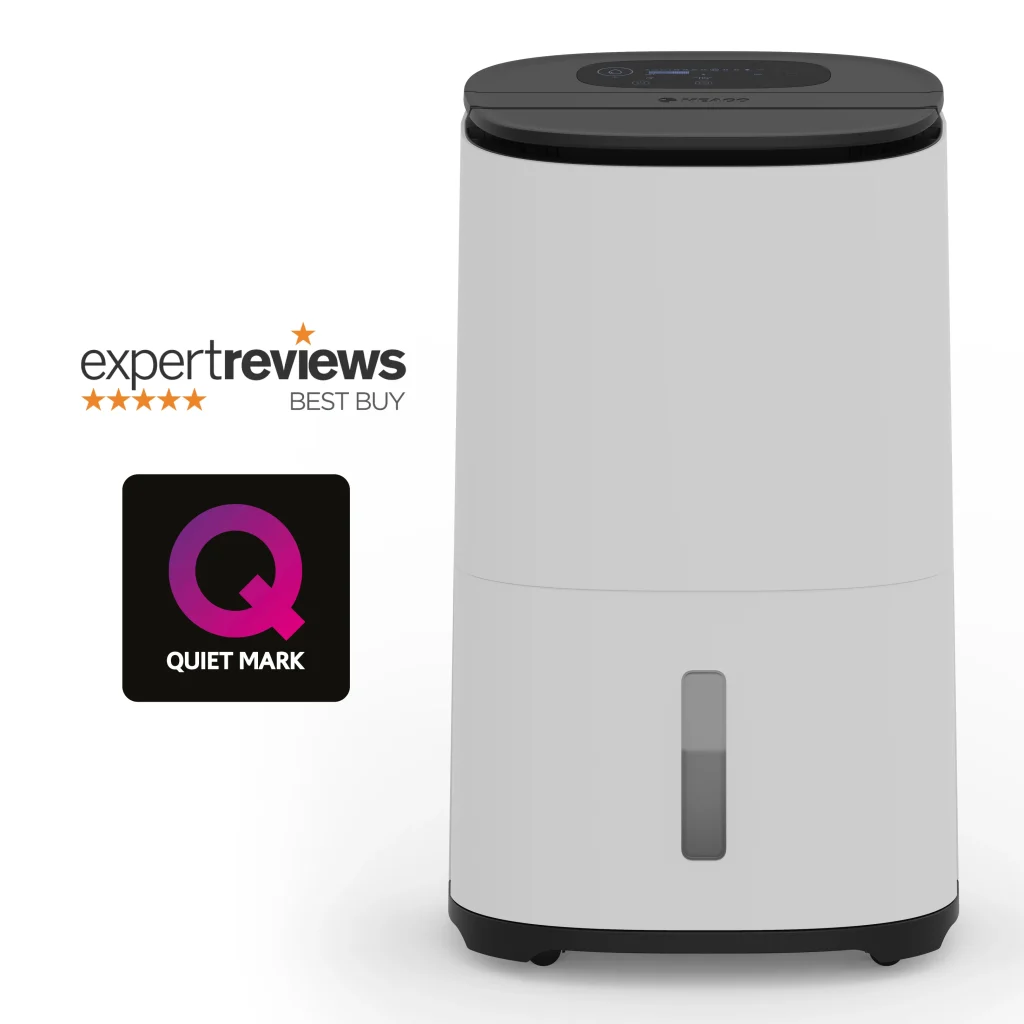
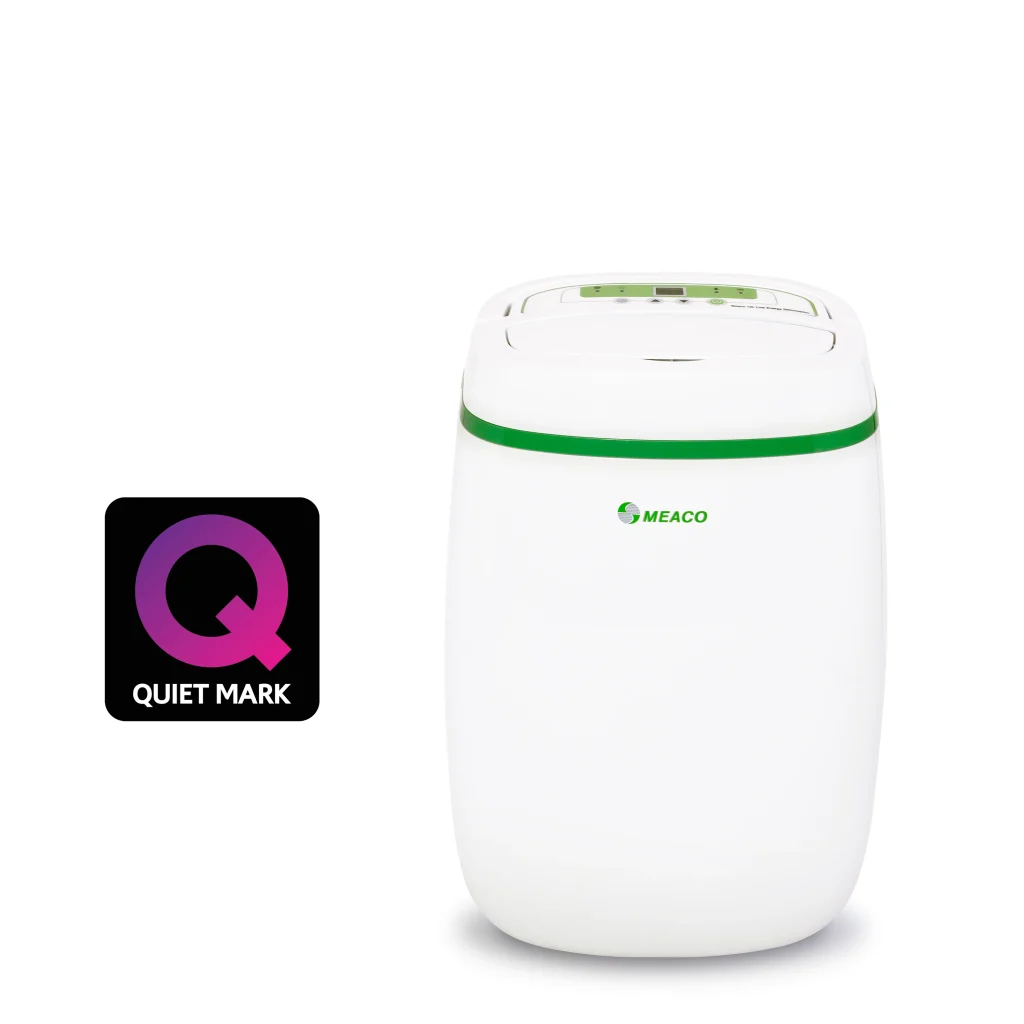



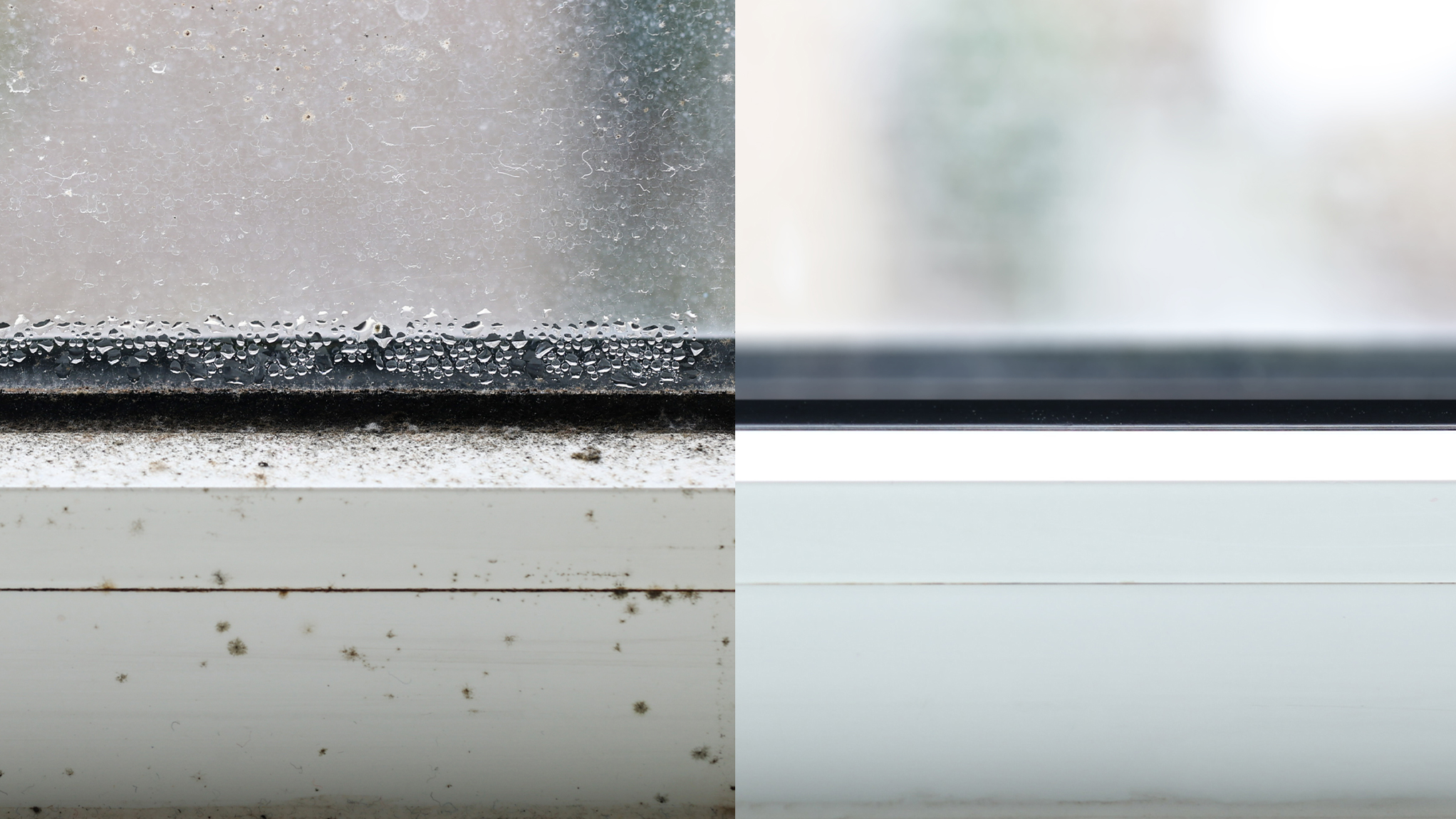

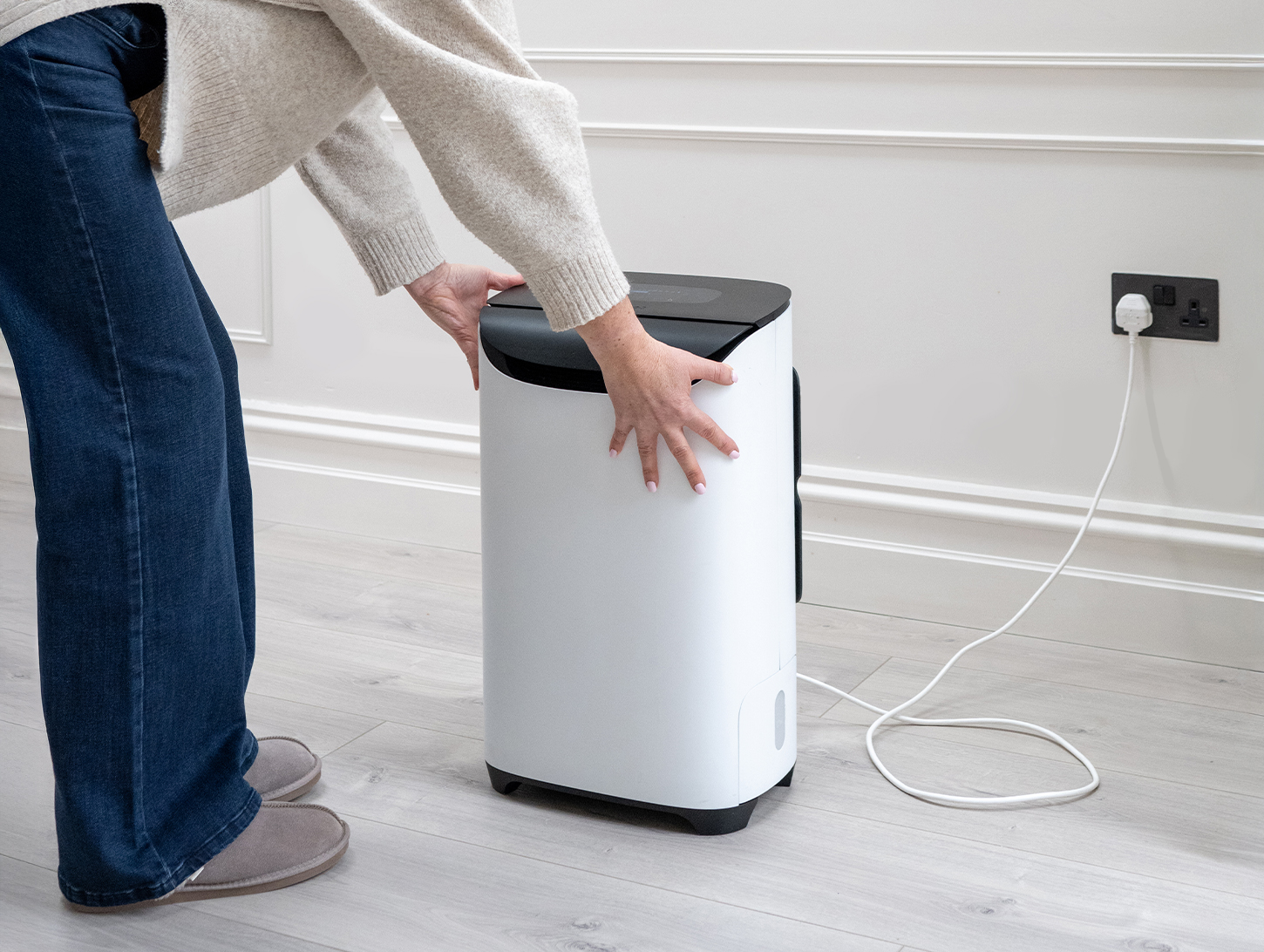
15 responses
Hi – I have just purchased the Areta 2 to use in my loft (not converted – just open storage space loft) – It is collecting water, but the humidity level on the app and on the unit does not move from 88 – 91% levels of humidity.
I have put target range as 60%, but even with leaving it on the whole night – it is stuck at those very high humidity levels – Is this unit not strong enough perhaps to handle a loft?
Sunny,
Thank you for your enquiry. The first thing to check is whether the loft is actually sealed. Using a dehumidifier in an open loft is the same as trying to run one in a living room with all the windows open. If the eaves or ventilation gaps are open to the outside, the unit will keep trying to dry an endless supply of fresh damp air, which is why you’re seeing readings stuck at 88–91 percent.
Feel free to contact us if you had any questions,
Omar@Meaco
If I leave my newly purchased Meaco 12l abc dehumidifier running in cold weather, is it normal for the frost indicator light to flash all the time. If so will it cause any damage?
Roy,
Thank you for your purchase. It will not damage it at all, it is just telling you that it is working normally and adjusting it’s cooling cycle to manage the cooler conditions and maximise the amount of water that it extracts.
Chris
hi chris
surely if the coils get repeatedly iced up it will cause damage?
No, not at all, they should ice and defrost several times a day at low temperatures. That is what is meant to happen.
that’s reassuring, i was concerned the ice expansion would ruin the coils!
however i assume the entire thing shouldn’t ice over as mine does! i end up having to turn it off until ice has melted
I won’t turn it off, it will de-ice faster with the fan on drawing air across the coils. You only need to be concerned if you have so much ice that it is pushing onto the plastic grill on the outer casing, this is a sign that you have a refrigerant leak.
Ice build up when the compressor dehumidifier is used at colder ambient conditions is very normal.
roy,
just keep an eye it doesn’t completely ice up as mine has a few times!!!!
Icing up is a normal thing on a compressor dehumidifier, and it just part of the process. The colder the room, the more often this happens.
We had top up insulation installed in the loft and part boarding. After that there was massive condensation on the north side in the winter. So I had 6 roof vents put in and lots of plastic separators for the sheets of roof felt (old non breathable stuff). This made a big difference apart from very cold days. There is plenty of ventilation but not always wind which I suppose is when the water builds up. Please advise if a desiccant dehumidifier on standby would help, and if so what to set it at. Thank you.
We bought the areta 2 believing if it was even half as good as the first one it would be brilliant but for drying clothes it’s worse. Perhaps if it was easier to remove the flap for adjusting the angle of the air it would be better but it took a while to get it off. It might be good for something but at the moment I’m struggling to find the big improvement over the first one.
Richard,
Thank you for taking the time to share your thoughts on the AreteTwo.
We were hopeful that the improvements would enhance the user experience, so we’re sorry to hear that hasn’t been the case for you. The technical data indicates a 50% increase in air output while in Laundry mode, which translates to more efficient moisture extraction. Additionally, the louvre helps direct the drier air towards the clothes, aiming to speed up the drying process.
We’re always striving to enhance the user experience, and your feedback is truly valuable to us.
Omar@Meaco.
Hi
I have a small undeveloped loft next to a developed lost.
alas, I have a non breathable membrane in the small loft. will a dehumdifier work in that – it’s the plastic sweating I need to deal with
Hello,
Thank you for your message.
Please advise, the size of the space, small or large or if you have measurements please share.
Temperature is another key factor, could you advise what the temperatures are ranging between (this can be an approximate).
Thanks,
Omar@Meaco